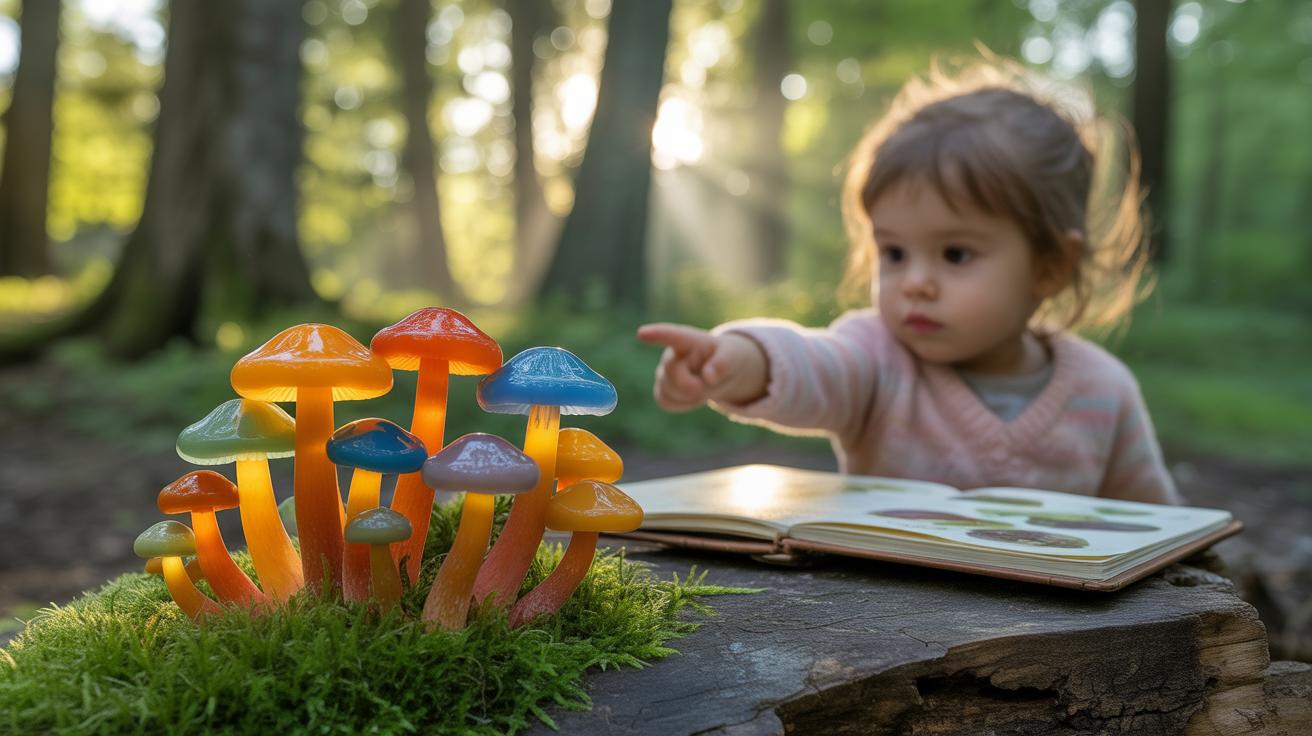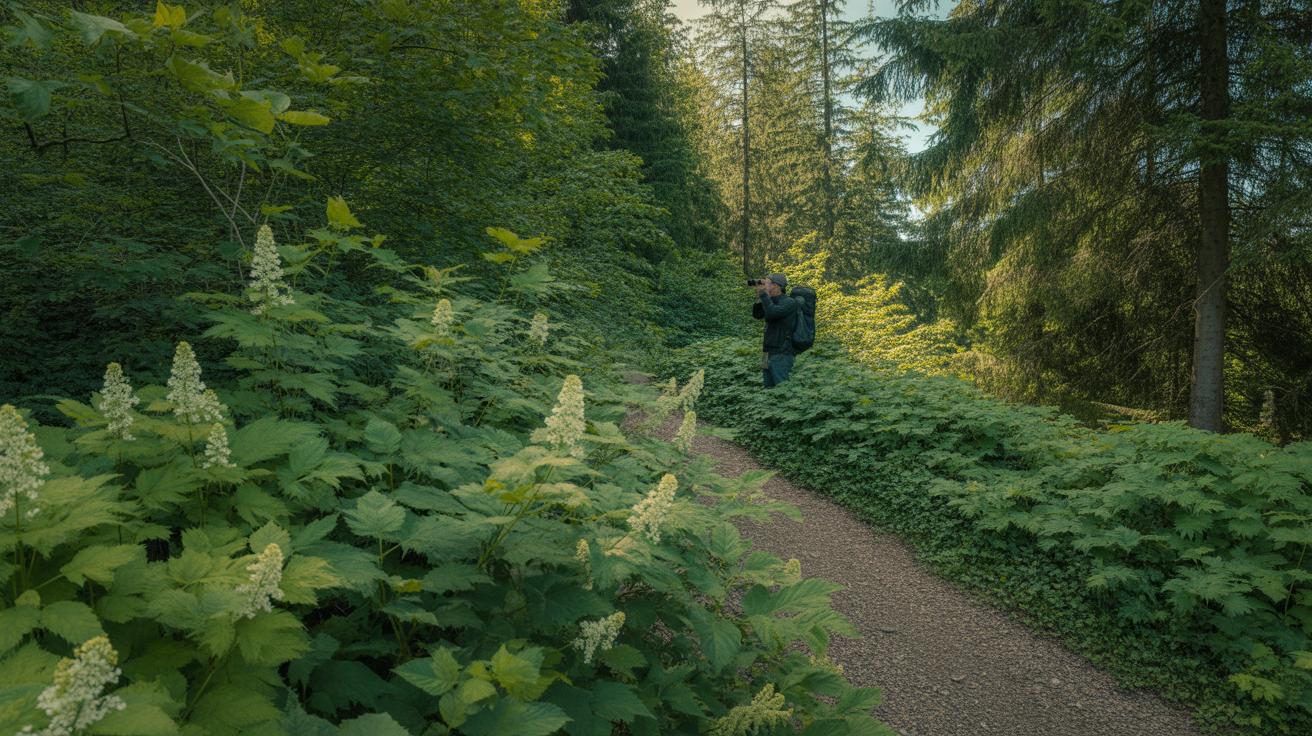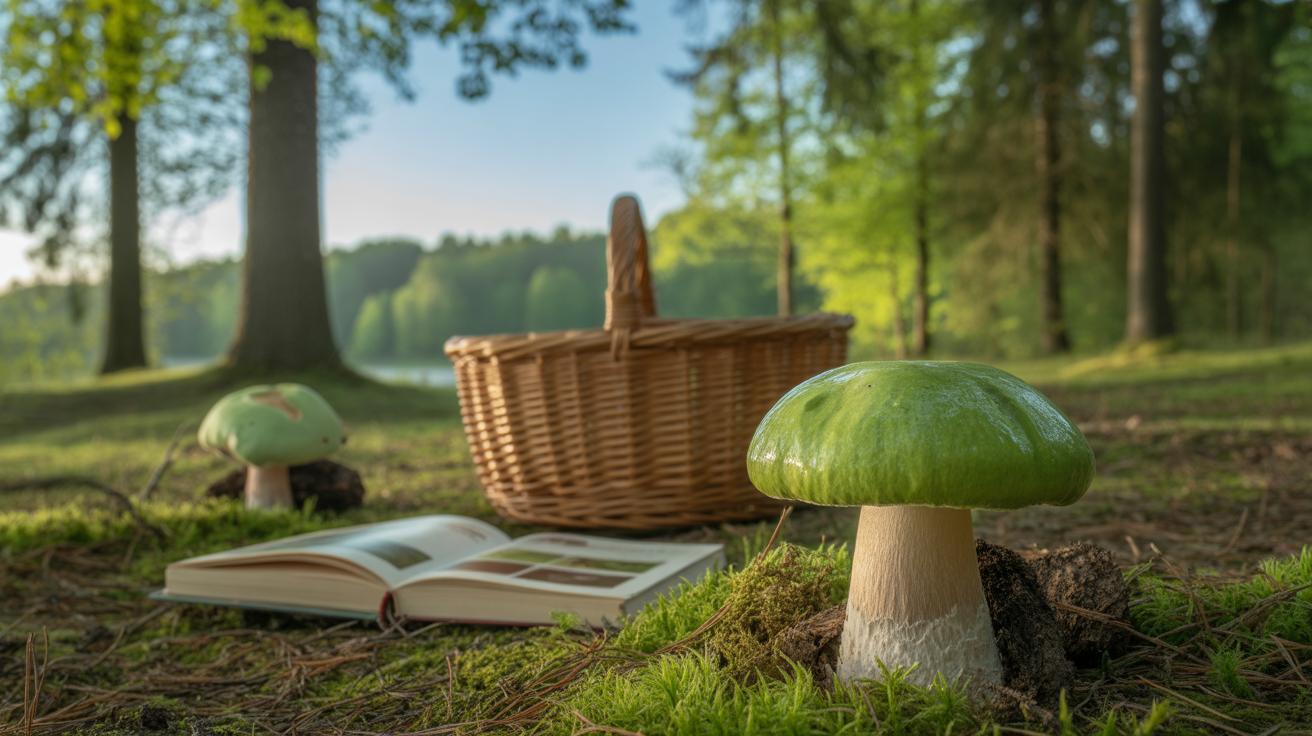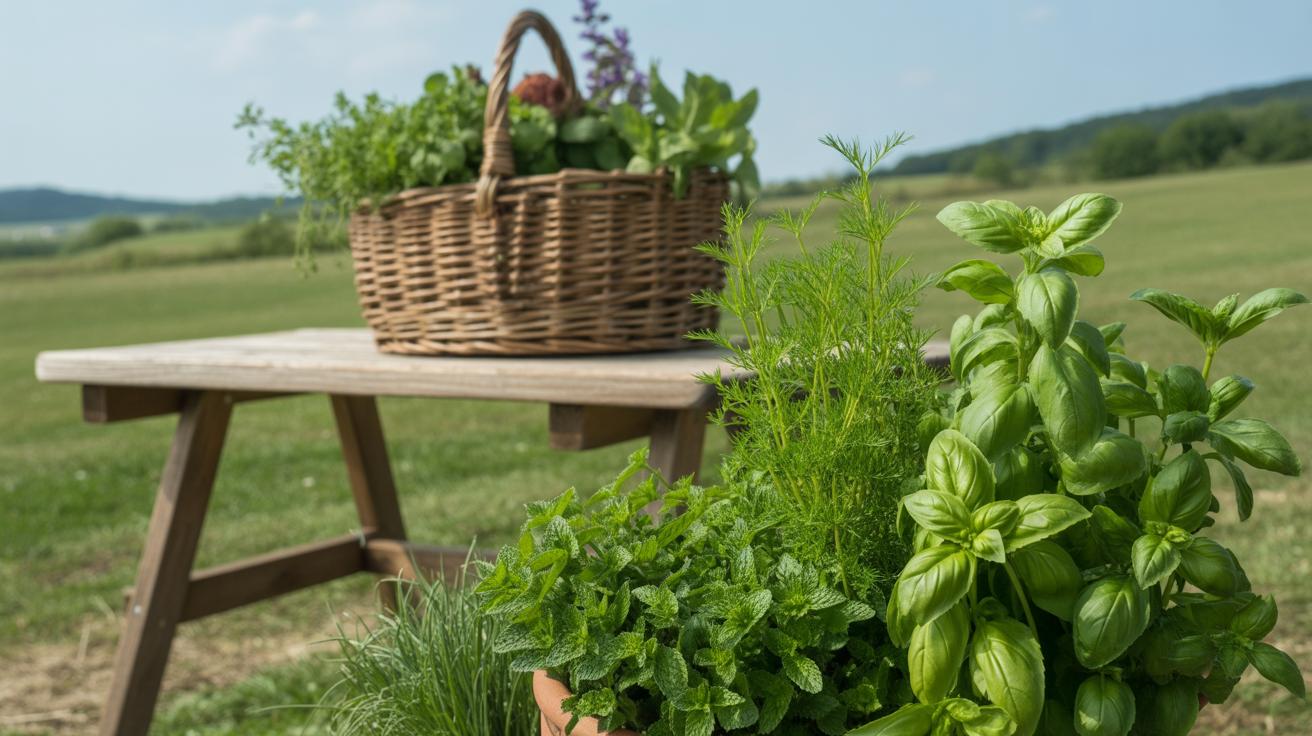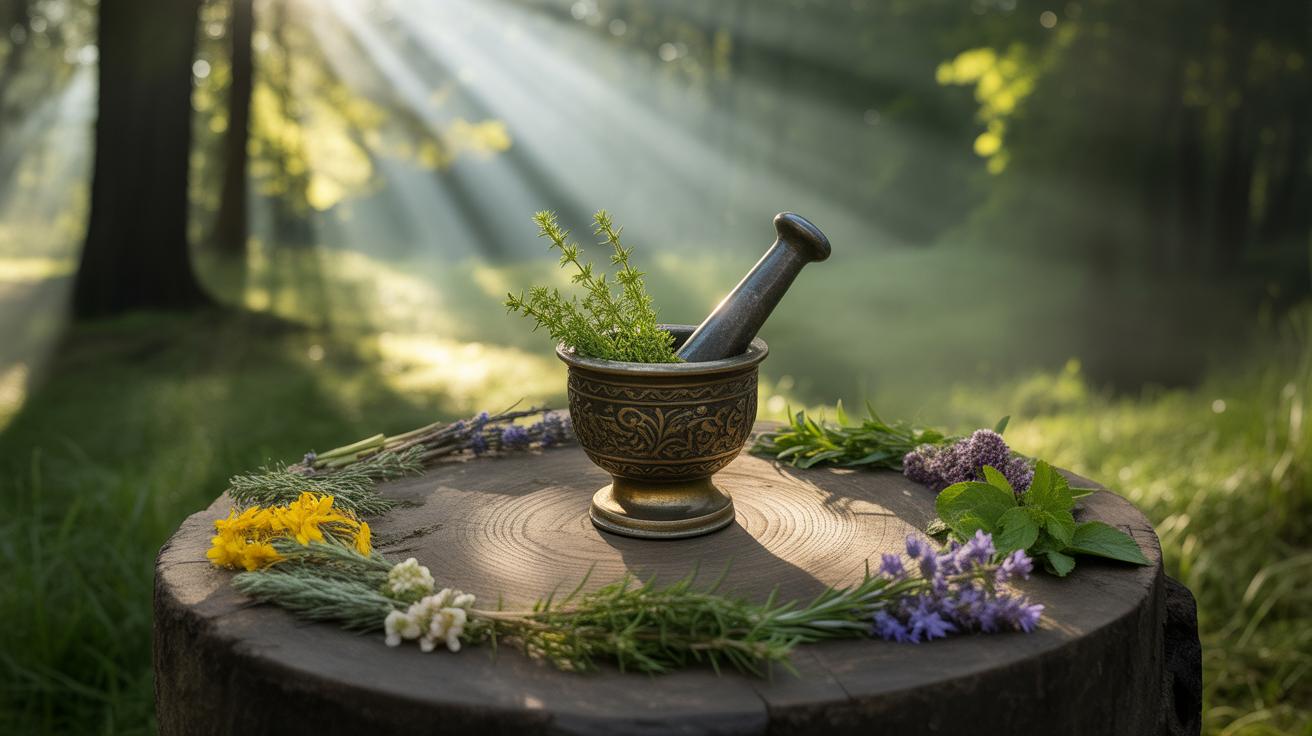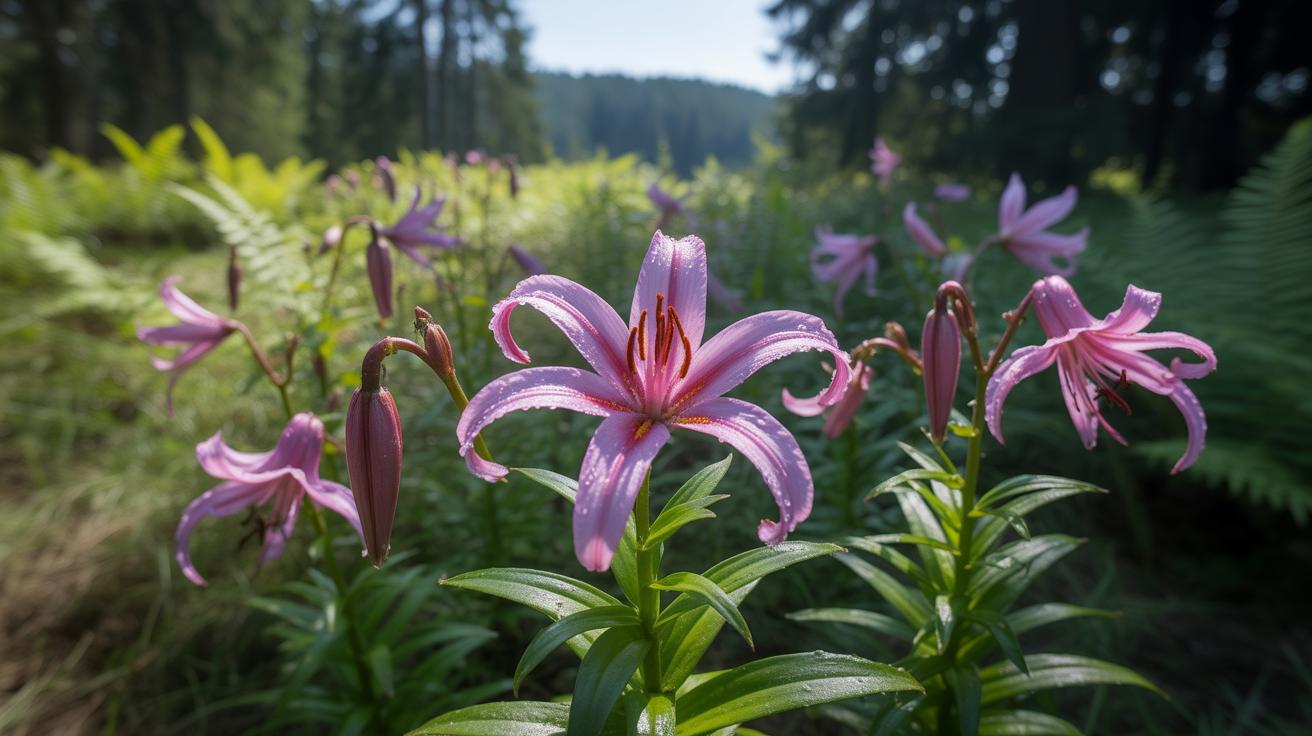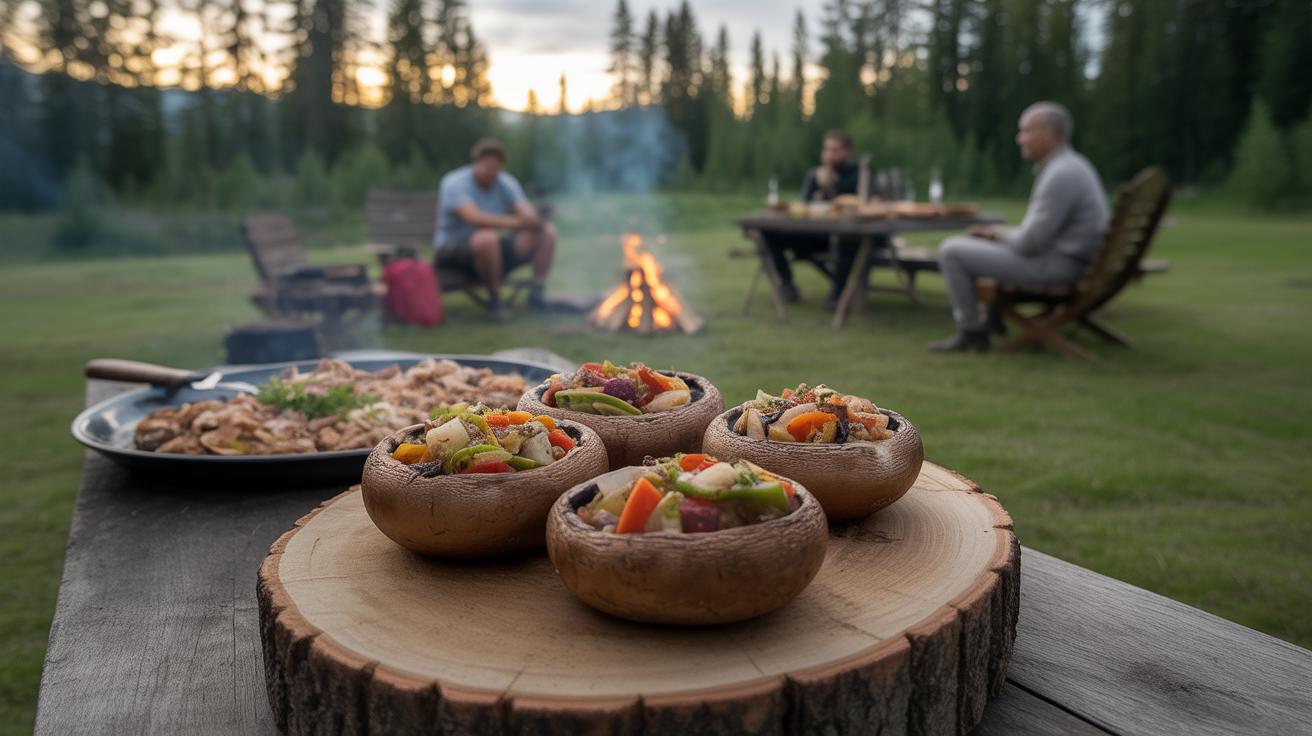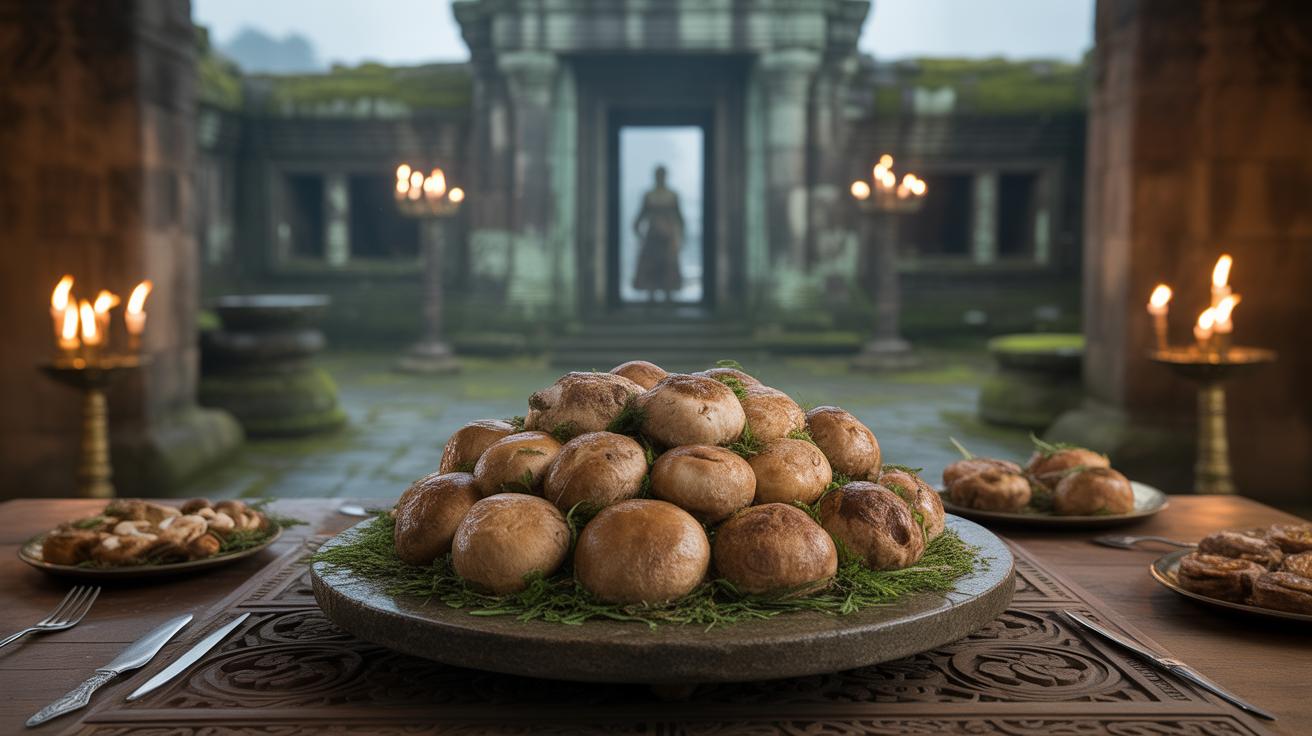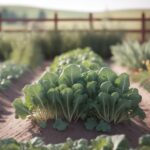Introduction
Exploring the colorful Jelly Babies mushroom species outdoors offers an exciting way to connect with nature. These small, gelatinous fungi catch attention with their distinct appearance, often found in woodlands. You can learn about their habitat, how to identify them, and their role in the ecosystem.
Understanding Jelly Babies mushrooms enriches your outdoor adventures. This article guides you through what these mushrooms are, where they grow, and their unique traits. It invites you to observe and appreciate this interesting species in its natural environment.
What Are Jelly Babies Mushrooms
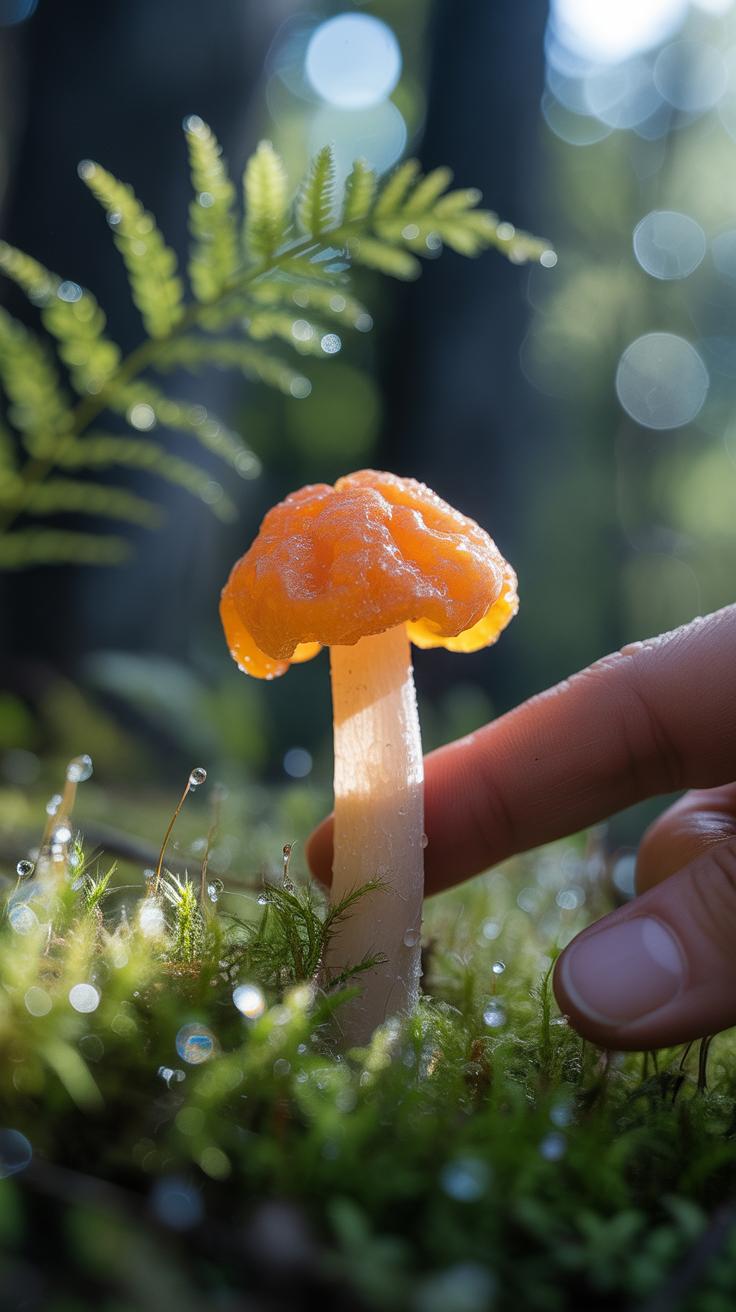
The term “Jelly Babies” refers to a peculiar group of fungi known mainly as Leotia lubrica and Leotia viscosa. They belong to the kingdom Fungi, specifically within the phylum Ascomycota, which means they reproduce through specialized spores in sac-like structures. What’s interesting is that while they don’t taste like the candy, their soft, gelatinous texture and somewhat bulbous caps have earned them the nickname “Jelly Babies.”
Physically, Jelly Babies aren’t what you might expect of a typical mushroom. Their caps often resemble tiny domes or little heads, sometimes wobbly or jelly-like. They usually range from about 1 to 3 centimeters tall. Colors tend to hover around light yellows, greens, or occasionally a pale brownish hue—nothing too showy but oddly eye-catching if you look closely. The stems are thin and flexible, often somewhat translucent, and feel slippery or even sticky when damp.
Why the name “Jelly Babies”? It’s mostly the texture that stands out. Touch one gently, and you’ll notice a springy, gelatinous feel unlike most mushrooms. This unique consistency sets them apart and makes them easier to identify if you take your time observing their subtle but unusual traits.
Scientific Classification of Jelly Babies
Leotia lubrica and Leotia viscosa share close kinship as part of the family Leotiaceae. Ascomycetes, their class, is known for producing spores in sacs rather than on gills, which sets them apart from the more familiar mushroom types. These species are often grouped together under the Jelly Babies nickname because of similar form and texture, though they have distinct microscopic features.
Both species thrive in somewhat shady, moist woodland areas and belong to the genus Leotia, which contains only a few recognized species. The “lubrica” in Leotia lubrica reflects its slippery nature (“lubricus” meaning slippery in Latin), while “viscosa” refers to a more viscous or sticky surface texture in that other species. Their naming highlights their tactile qualities, bridging scientific labels with everyday observations.
Physical Features to Identify Jelly Babies
Spotting Jelly Babies outdoors requires a bit of attention, but they stand out once you know what to look for. Expect small fungi, generally less than 3 cm tall, with caps that appear jelly-like—soft but somewhat firm to the touch.
- Caps: Rounded or slightly conical, translucent, often with a glossy or moist surface.
- Color: Shades of yellow-green to pale brown; sometimes they might show subtle hints of orange or ochre.
- Stems: Thin, fragile, and sometimes sticky or slick, usually paler than the cap and quite flexible.
- Texture: The key trait—almost gelatinous when damp, with a bouncy feel when pressed gently.
When wandering a forest floor covered with decaying leaves, you might overlook them, mistaking Jelly Babies for plant material or moss at first glance. But if you kneel close and easily notice their smooth, jelly-like caps and delicate stems, you’ve found something unusual.
Have you come across these odd mushrooms before? Not many people spot them on their first try. Their subtle appearance makes discovering them a bit like a small natural surprise. Keep your eyes peeled around damp and shaded woodland floors; that’s where Jelly Babies often quietly dwell.
Where Do Jelly Babies Grow
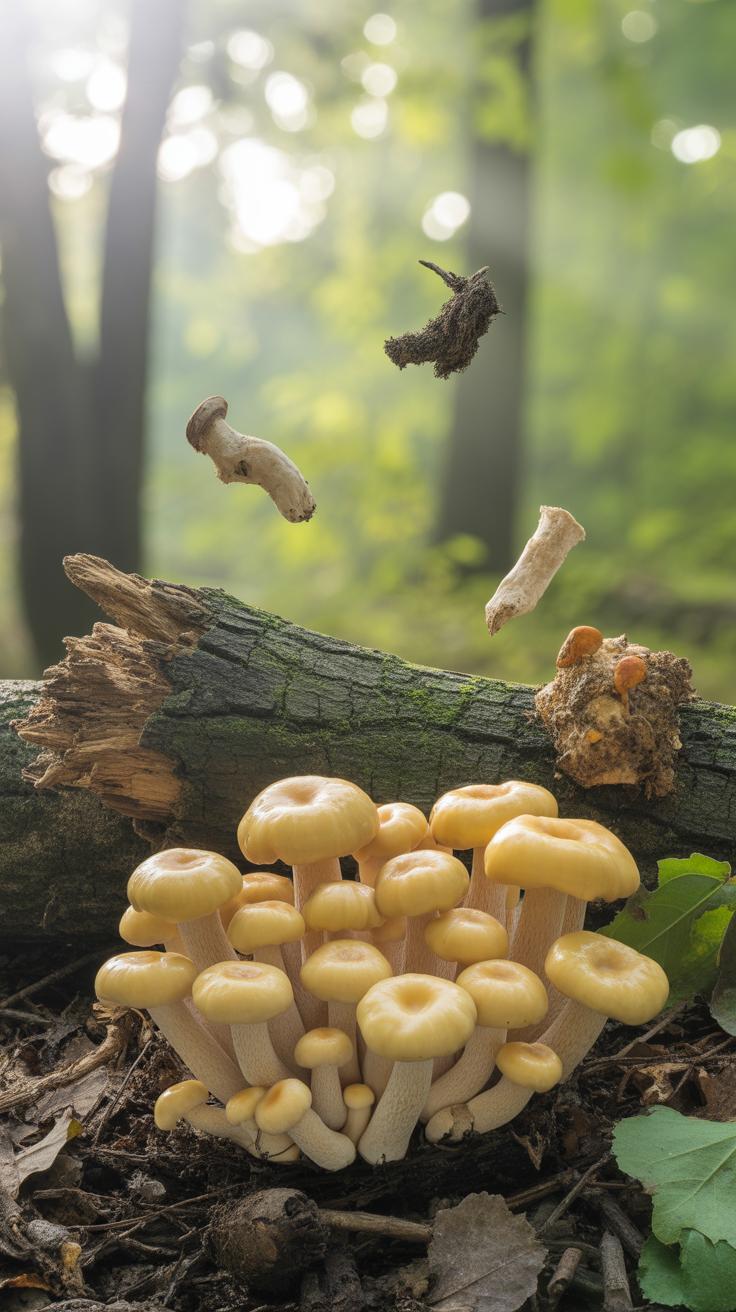
You’ll usually find Jelly Babies mushrooms in woodlands, but which kinds, exactly? They tend to favor deciduous forests, especially those rich with broadleaf trees like oak, beech, or hazel. These environments seem to offer just the right balance of shade and organic material for them to thrive. It’s not rare to see them near rotting wood, fallen branches, or tree stumps—spots where decay is active but not overpowering.
As for the soil, Jelly Babies prefer damp, but well-drained grounds. They don’t grow well in overly soggy swampy areas, nor do they appear often in dry, sandy soils. Loamy soil with a moderate level of moisture seems to be their sweet spot. I’ve noticed in some woodland walks that a thick layer of leaf litter above the soil seems to correlate with their presence. Maybe it helps retain moisture or provides nutrients they tap into.
Geographically, Jelly Babies are mostly found across temperate zones. In Europe, they crop up frequently in the UK and parts of western Europe. You might also find them scattered in North America, especially around similar forest types—you know, places with that mix of broadleaf trees and moist ground.
They don’t just pop up anytime, either. Autumn rains usually kickstart growth, with mild, wet weather encouraging them to appear outdoors. Late summer and fall are your best bets to spot Jelly Babies setting up camp on forest floors. Cold snaps or overly dry spells seem to slow their development, so timing can be a bit tricky if the season is unusual.
How to Identify Jelly Babies Mushrooms Outdoors
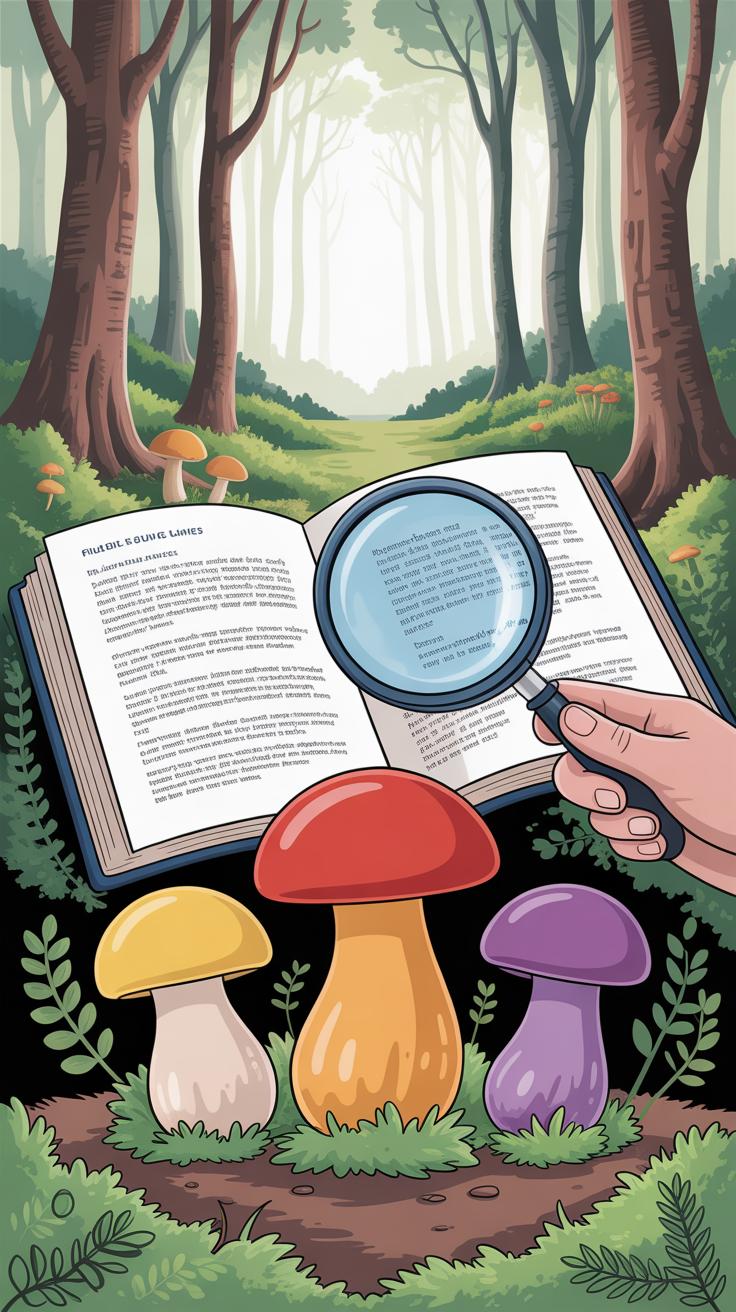
Spotting Jelly Babies mushrooms in the wild can be a bit tricky, but a few clear traits usually stand out once you know what to look for. Their color is the first hint—they tend to be pinkish to pale, sometimes with a translucent, jelly-like appearance that feels a bit rubbery or gelatinous when touched. The shape is another giveaway: small, rounded caps that often look slightly collapsed or irregular rather than perfectly smooth. You might also notice that their stems are short and stubby, sometimes a bit darker or browner than the cap itself.
Texture matters too. Jelly Babies aren’t the dry, brittle kind of mushroom; instead, they almost seem a bit slippery or moist, which feels quite distinct under your fingers. This tactile clue can help you distinguish them from other mushrooms in the same area that look similar but are dry or fuzzy.
For someone just starting, carrying a good mushroom guide with detailed photos can be a game-changer. Apps with identification tools help as well, though they aren’t always perfectly accurate—sometimes they’ll suggest unlikely species based on color alone. I find a simple field notebook handy, to jot down your observations like habitat, nearby trees, or weather conditions, which all influence mushroom growth and can help confirm your finds later.
When in doubt, take photos from different angles rather than picking immediately. Observing these fungi over time where you find them can sharpen your eye for the details that matter. After all, the more you get familiar with their quirks, the less likely you are to mistake them for something else—though I’ll admit, there’s always a bit of guesswork, especially early on.
The Role of Jelly Babies in the Ecosystem
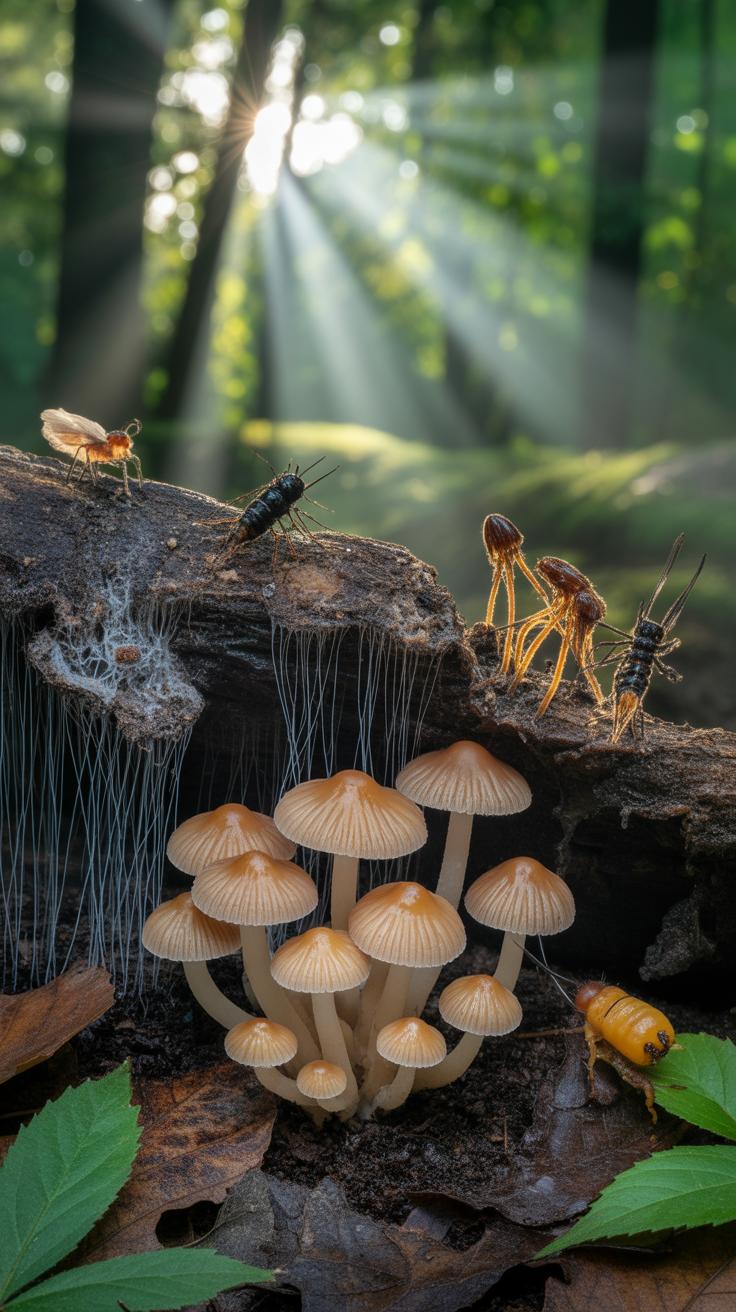
You might not expect such small fungi to play much of a role in a forest’s life, but Jelly Babies quietly make a difference in their environment. For starters, they act as natural recyclers. These mushrooms break down fallen leaves, wood, and other organic matter, which helps return nutrients back into the soil. Without them, forests would be cluttered with debris, and the soil might lack key compounds plants need to thrive.
Jelly Babies also form subtle relationships with the plants around them. While they aren’t known for direct partnerships like some fungi, their presence still supports nearby trees by maintaining healthy soil conditions. They create a kind of web underfoot that connects many living things, though exactly how deep these connections run can be tricky to pin down.
Animals, too, interact with Jelly Babies. Various insects find shelter in their gelatinous bodies or feed on their tissue, which in turn might attract birds or small mammals. Observing this, I’ve often wondered if these mushrooms serve as tiny hubs for forest life, quietly supporting a complex cycle that goes unnoticed unless you look closely.
Are Jelly Babies Mushrooms Edible
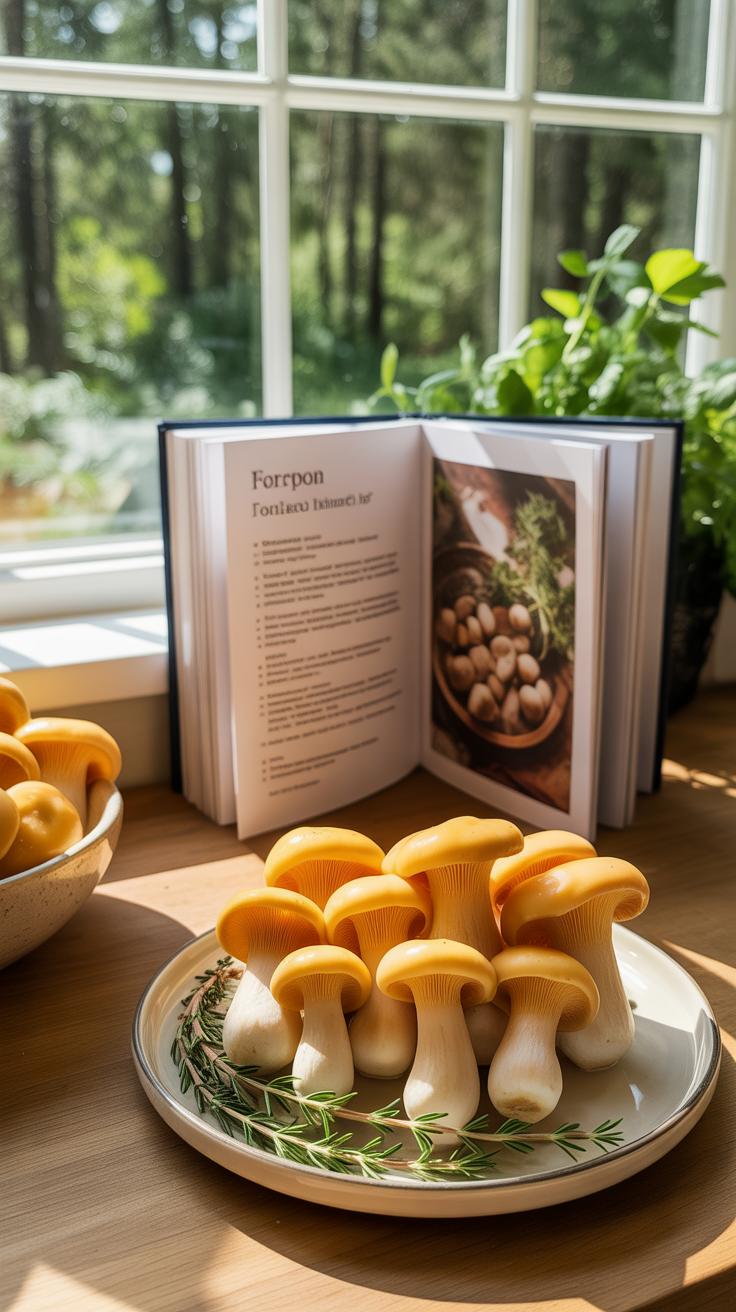
If you’re curious about tasting Jelly Babies mushrooms, it’s best to approach with caution. From what reliable sources suggest, Jelly Babies (Leotia lubrica) are not considered edible in a traditional sense. They don’t seem toxic, but they’re often described as having a gelatinous, rubbery texture that’s quite unappetizing. People who have tried them mention a bland or slightly bitter flavor — not exactly something you’d look forward to on a meal plate.
There’s also little to no nutritional value recorded, and they aren’t sought after by foragers for eating. So while they’re not flagged as poisonous, their mouthfeel and taste generally discourage consumption.
When you’re out in the woods, encountering any wild mushroom, including Jelly Babies, it pays to be very careful:
- Never eat a mushroom unless you are absolutely certain of its identity.
- Even experienced foragers sometimes avoid mushrooms that don’t have a clear edible reputation.
- Confusing Jelly Babies with look-alikes can happen, so thorough identification — using multiple sources — is key.
- When in doubt, don’t take risks. Mushroom poisoning is no joke, and some harmful fungi resemble harmless ones.
I recall a friend once picking what she thought were jelly-like mushrooms to cook, only to stop herself when she realized the identification wasn’t solid. It’s a reminder that nature’s colors and textures can be deceiving. So, maybe just admire Jelly Babies where they grow and leave them be.
Common Mistakes When Spotting Jelly Babies
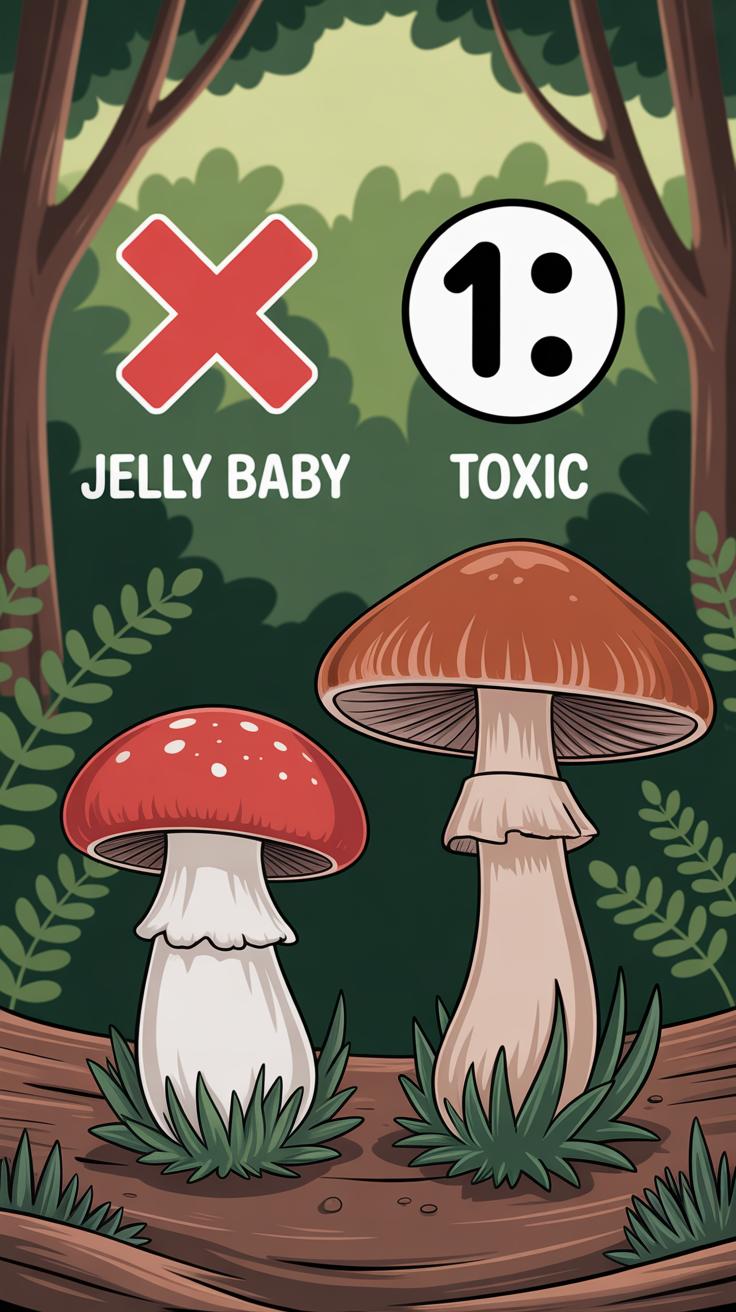
Confusing similar mushrooms
One frequent slip is mixing up Jelly Babies with other small fungi that share their shape or color. For instance, some species of Leotia have a gelatinous texture and pastel hues that can trick the eye. But those tend to have more elongated caps and don’t usually lean as much as Jelly Babies do. Also, there’s the odd Clavaria species that can look somewhat similar, especially when young, though their stalks are often firmer.
When you’re out looking, focus on the subtle differences: Jelly Babies have a softer, more squishy feel, and their colors—often peachy to pink—are a bit more muted than the brighter coral or yellow fungi nearby. The cap’s wrinkled surface is a genuine give-away, but it’s easy to miss if you’re just glancing.
Misunderstanding growth conditions
Many expect Jelly Babies to pop up only in certain months or particular forests, but the reality is more flexible. They can appear in a wider range of damp, shady spots, sometimes even outside usual seasons—early autumn or lingering into late winter.
Assuming Jelly Babies grow exclusively on rotting wood can lead you to overlook them on leaf litter or mossy ground. That’s a mistake I made once, thinking I struck out after scanning only fallen logs for ages. The truth? These mushrooms can surprise you by showing up in places you’d least expect, but maybe that’s part of their quiet charm.
Documenting Your Jelly Babies Observations
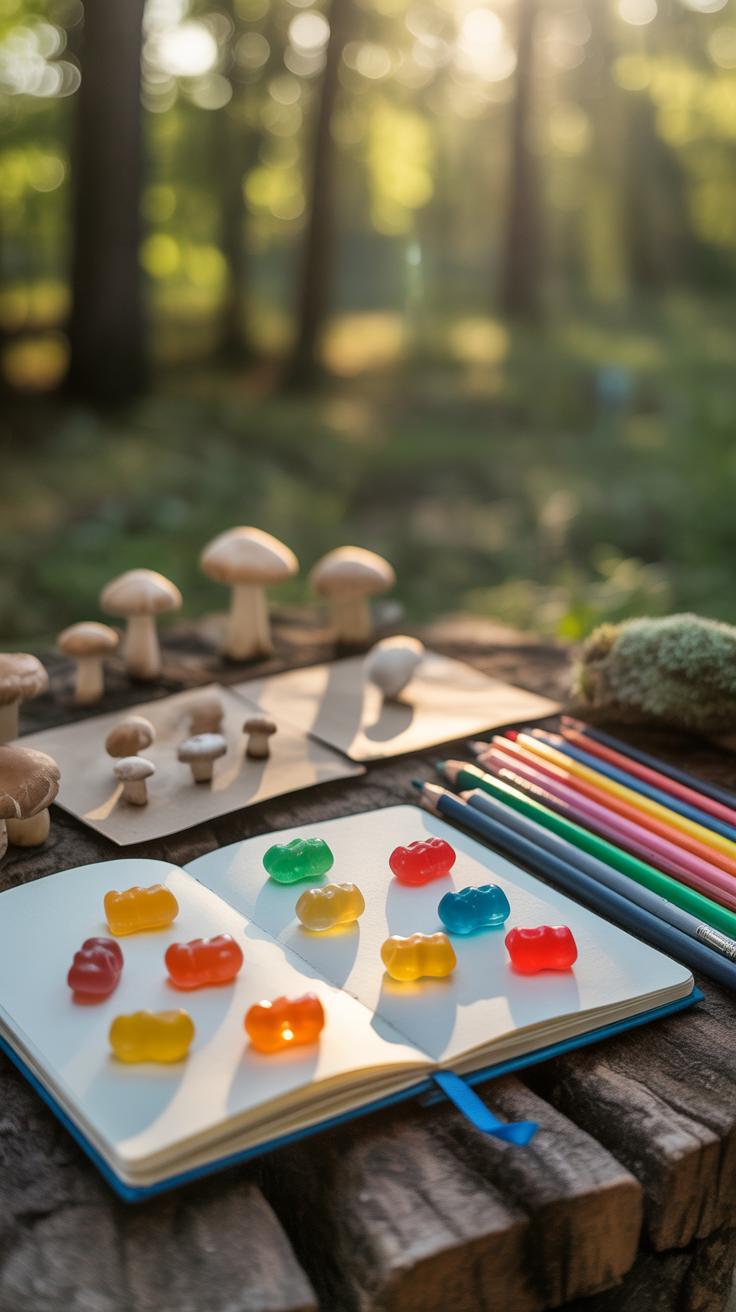
When you come across Jelly Babies mushrooms outdoors, taking the time to record what you see can turn a simple walk into a small study. Photos are the most straightforward way to capture details, but not all shots are equally useful. Try snapping close-ups of the cap and stem, but also include the surroundings—leaf litter, tree roots, nearby plants—because context often helps with identification later on. Lighting matters, though natural light is usually best. Sometimes a little shadow can highlight texture, but too much darkness might obscure subtle color changes.
Notes can seem tedious, but they’re surprisingly valuable. Write down the exact location (GPS apps help), the weather, the time of day, and how many Jelly Babies you spotted. Did they appear scattered or clustered? Were they near decaying wood or moss? Observing these small details might seem trivial now, but they could shed light on patterns you wouldn’t notice otherwise.
Sharing your findings can feel a bit intimidating. You might wonder if your observations are “good enough” or accurate. Still, platforms like iNaturalist or local mycology groups welcome contributions from beginners and experts alike. Even a simple photo with a guess at the species helps build collective knowledge. Social media groups dedicated to fungi can spark discussions or confirm IDs, which can be a great learning tool. Getting your sightings out there makes you part of a bigger effort to understand these peculiar mushrooms better.
Using Jelly Babies Mushrooms to Learn More About Nature
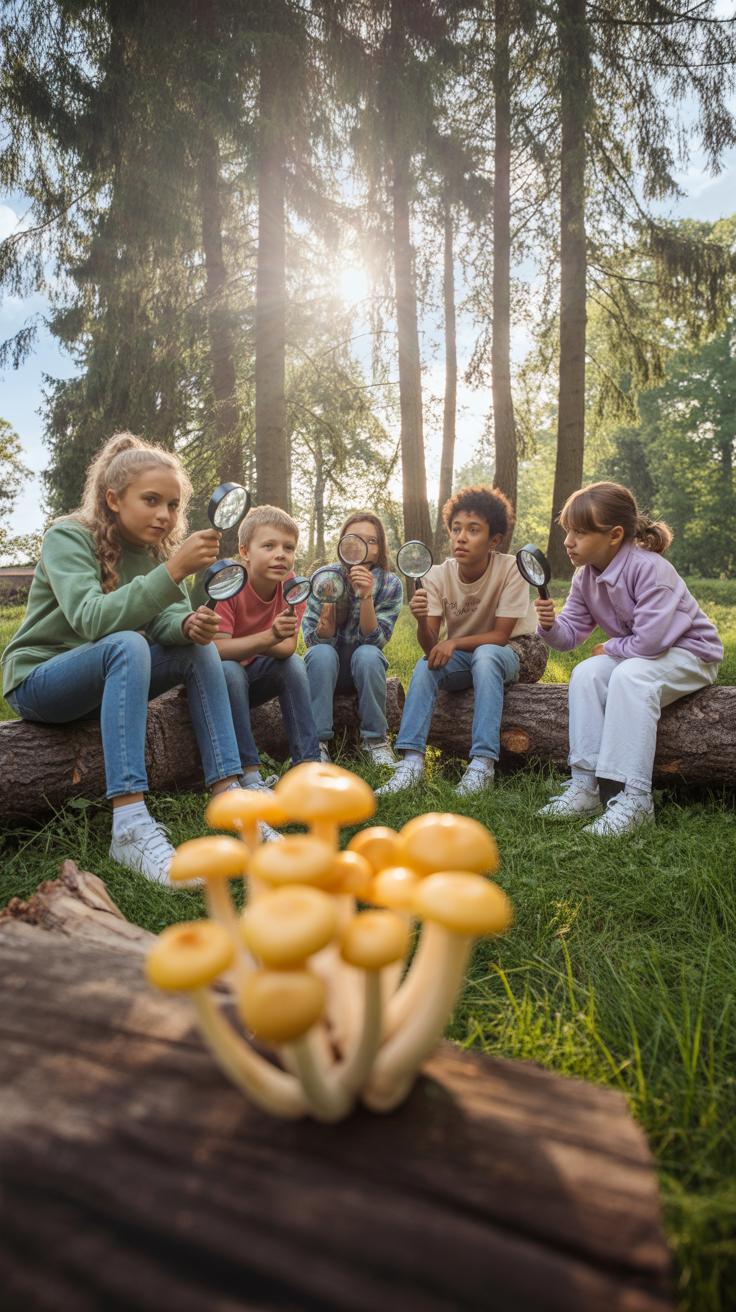
Studying Jelly Babies mushrooms can open a subtle window into how forest ecosystems work. These fungi don’t just appear randomly; they thrive in certain conditions that reflect the health and changes in their surroundings. When you pay attention to where Jelly Babies grow, what type of trees they associate with, or how they react to moist versus dry seasons, you begin to understand the intricate dance of life beneath your feet.
Observing these mushrooms can actually sharpen your senses. You might start noticing small shifts in tree bark, leaf litter, or soil texture—all clues to conditions that affect Jelly Babies. This kind of close attention can build genuine curiosity, urging you to look deeper rather than rushing through a walk in the woods.
Kids and adults alike can pick up simple lessons from Jelly Babies mushrooms. For children, spotting different shapes and colors can be a fun introduction to biology. For adults, the way these mushrooms connect to tree roots and soil nutrients offers a clear example of symbiosis. When you explore these connections as a group or on your own, nature’s complexity becomes less abstract and more tangible.
Have you ever wondered how fungi like Jelly Babies affect decay, or how they compete or cooperate with other organisms? Looking closely makes those questions feel less distant—and might even inspire your next outdoor adventure or science experiment.
Tips for Responsible Mushroom Foraging
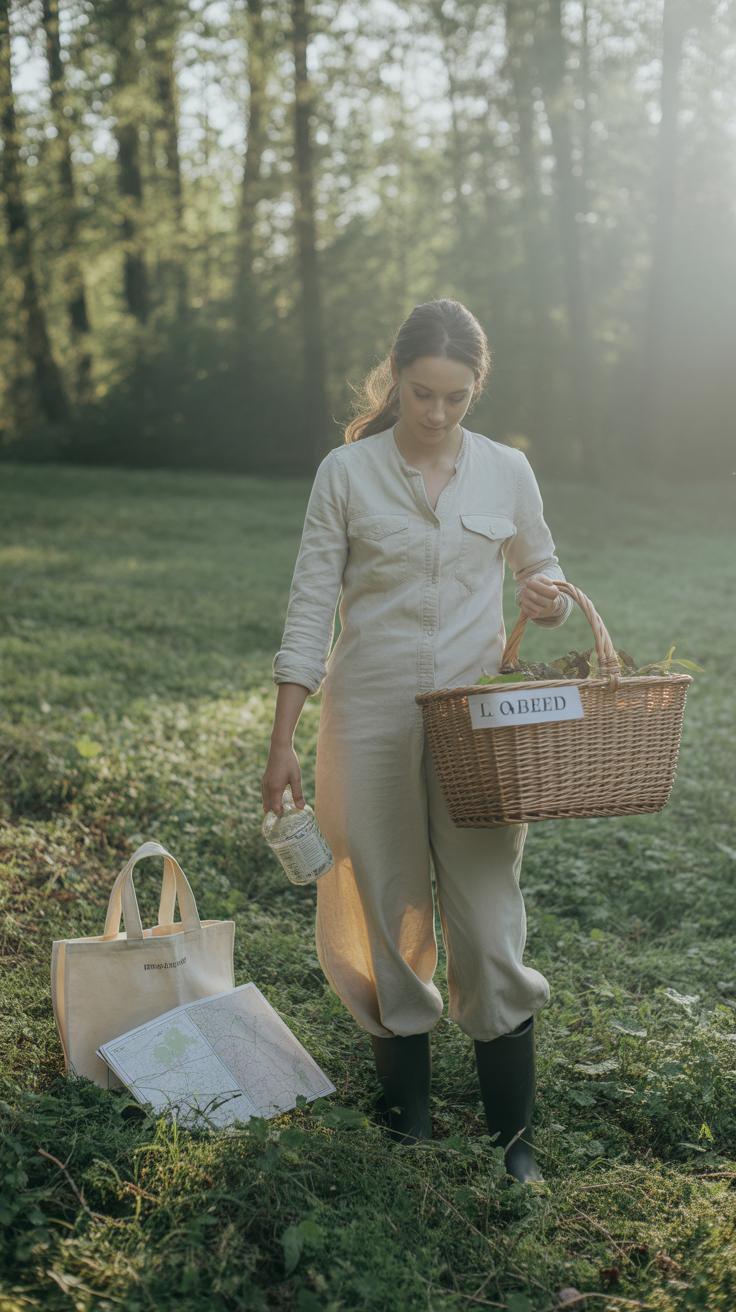
When you’re out searching for Jelly Babies, it’s tempting to pick every specimen you see. But easy does it. Mushrooms play a crucial role in their ecosystems, breaking down organic matter and supporting countless other plants and animals. Tugging up mushrooms carelessly can disrupt this balance, maybe more than you realize.
Try to disturb the surrounding soil and plant life as little as possible. If you must collect, use a gentle twist or a clean cut near the base rather than pulling. Leaving some mushrooms behind lets spores spread and keeps the population healthy. It feels like common sense, but some forget.
Check local rules before setting off. Places often have specific regulations about mushroom picking. Sometimes you need a permit, other times certain species are off-limits. Ignoring these can lead to fines or worse, harm to protected habitats. You want your hobby to be sustainable, so know where and what you’re allowed to pick.
Also, safety comes first. Only pick mushrooms you can positively identify as safe. Jelly Babies are usually easy to spot, but confusing them with similar species can happen. Never eat a mushroom unless you’re confident and have checked reliable guides or experts.
So, as you explore, keep in mind: respect the habitat, follow the laws, and stay safe. Your care helps ensure these colorful little fungi are around for others to enjoy, too.
Conclusions
Jelly Babies mushrooms stand out among other fungi for their unusual look and ecological importance. Spending time outdoors to discover them can deepen your appreciation of nature’s diversity. You can now recognize these mushrooms and understand the conditions they thrive in.
Next time you explore a forest, keep an eye out for Jelly Babies. Remember, every step outdoors gives you a chance to learn something new. Observing Jelly Babies mushrooms is one way to enjoy nature responsibly and stay curious about the world around you.


